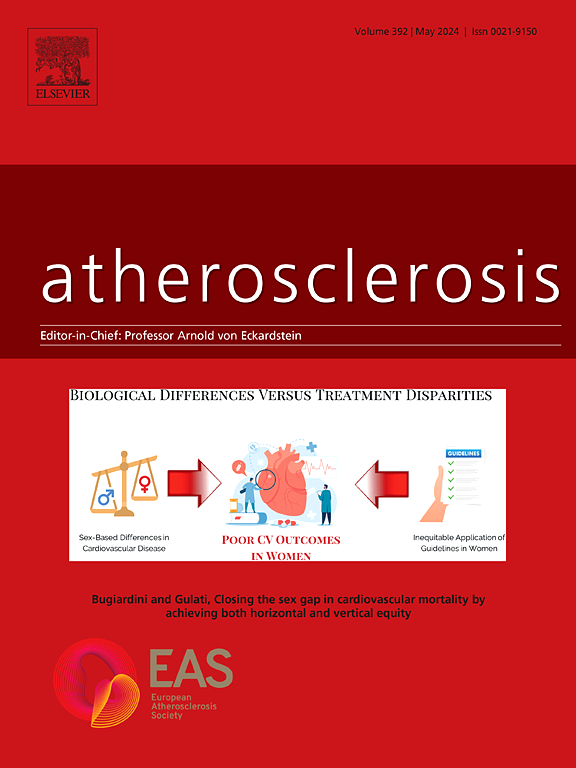Claudin 1 dysregulation disrupts coronary microvascular integrity and impairs cardiac function
IF 4.9
2区 医学
Q1 CARDIAC & CARDIOVASCULAR SYSTEMS
引用次数: 0
Abstract
Background and aims
Claudin 1 (Cldn1) is a tight junction protein primarily known for its role in epithelial and endothelial barrier function. However, the role of Cldn1 in coronary microvascular barrier remain unclear. The aim of this study is to investigate the biological effects of Cldn1 dysregulation on coronary vascular permeability, inflammation, fibrosis, and left ventricular function.
Methods
Cldn1 was silenced in human cardiac microvascular endothelial cells (HMVECs) and C57Bl/6 mice using oligonucleotide-based next generation siRNA duplex. Additionally, global transgenic mice with endothelial cell-specific overexpression of Cldn1 were created under the regulation of the CD144 (VE-cadherin) promoter. Permeability was assessed using FITC-dextran assay in vitro and Evans blue dye leakage (Mile's assay) in vivo. Cardiac morphology and function were measured by cardiac MRI, and myocardial pathology was analyzed by immunohistochemistry and Transmission Electron Microscopy (TEM). PCR and Western blotting confirmed Cldn1 expression changes.
Results
Cldn1 knockdown reduced protein levels by 46% (p = 0.004) and significantly increased endothelial permeability in HMVEC (p = 0.0007). In mice, Cldn1 knockdown significantly increased Evans blue dye leakage (p = 0.025), macrophage infiltration (p = 0.018), and interstitial collagen (p = 0.048). TEM confirmed endothelial damage particularly affecting the basement membrane structure. Cardiac MRI showed reduced stroke volume (p = 0.004) and ejection fraction (p = 0.043). Cldn1 overexpression reduced vascular permeability (p = 0.002) without altering cardiac function under basal condition.
Conclusion
Cldn1 plays an important role in maintaining coronary microvascular barrier integrity. Its loss leads to increased permeability, inflammation, fibrosis, and impaired cardiac function, while overexpression enhances barrier function without affecting cardiac performance under baseline conditions.

求助全文
约1分钟内获得全文
求助全文
来源期刊

Atherosclerosis
医学-外周血管病
CiteScore
9.80
自引率
3.80%
发文量
1269
审稿时长
36 days
期刊介绍:
Atherosclerosis has an open access mirror journal Atherosclerosis: X, sharing the same aims and scope, editorial team, submission system and rigorous peer review.
Atherosclerosis brings together, from all sources, papers concerned with investigation on atherosclerosis, its risk factors and clinical manifestations. Atherosclerosis covers basic and translational, clinical and population research approaches to arterial and vascular biology and disease, as well as their risk factors including: disturbances of lipid and lipoprotein metabolism, diabetes and hypertension, thrombosis, and inflammation. The Editors are interested in original or review papers dealing with the pathogenesis, environmental, genetic and epigenetic basis, diagnosis or treatment of atherosclerosis and related diseases as well as their risk factors.
 求助内容:
求助内容: 应助结果提醒方式:
应助结果提醒方式:


